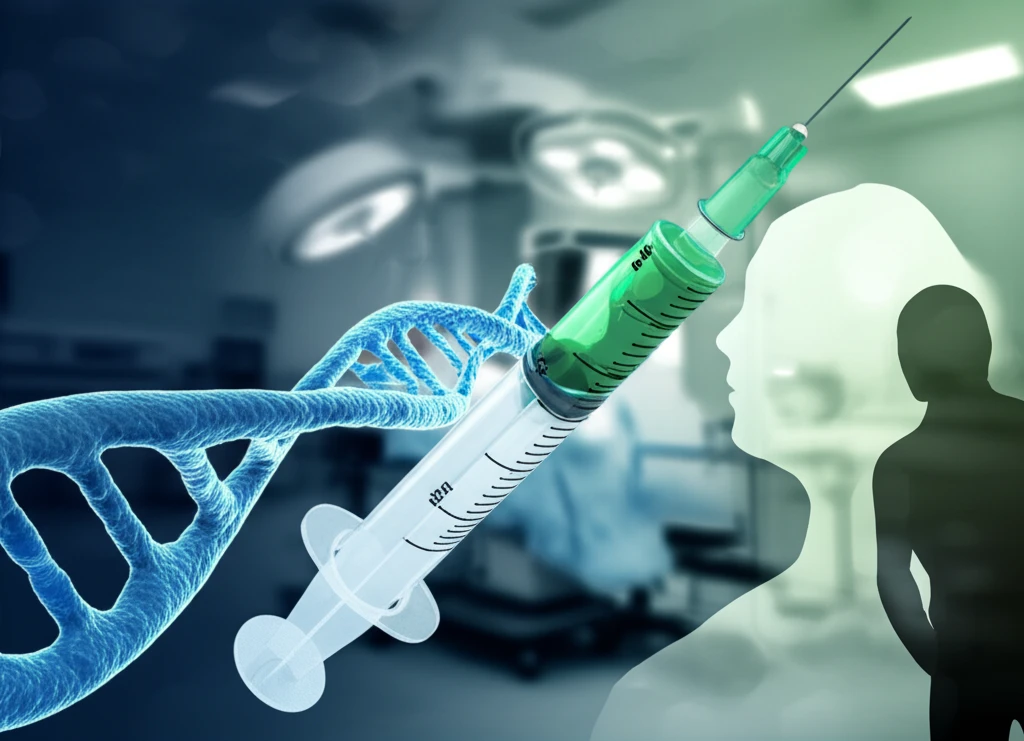
Decoding Pain: How Your Genes Impact Oxycodone and Recovery After Surgery
"Understanding the link between your DNA and pain management could revolutionize postoperative care."
Undergoing surgery can be a challenging experience, and effective pain management is a crucial part of the recovery process. For many, oxycodone is a go-to medication for controlling postoperative pain. However, recent research has shed light on a fascinating aspect of this process: your genes play a significant role in how well oxycodone works for you.
This connection between our genetic code and pain relief is not just a scientific curiosity; it's paving the way for more personalized and effective healthcare. As we delve deeper into this topic, you'll discover how variations in a specific enzyme, CYP2D6, can dramatically alter your body's response to oxycodone. This can affect how much pain relief you experience and even how quickly you recover.
This article breaks down the complex science into easy-to-understand terms. We will explore the latest findings, their implications for your care, and what it all means for the future of pain management. Whether you're preparing for surgery, have recently had a procedure, or are simply curious about the intersection of genetics and medicine, this information offers valuable insights.
The CYP2D6 Enzyme: Your Body's Oxycodone Processing Unit

At the heart of this genetic influence lies the CYP2D6 enzyme, primarily found in the liver. This enzyme is responsible for metabolizing (breaking down and processing) oxycodone, and it's the key player in determining how your body uses this pain medication. The efficiency of your CYP2D6 enzyme is determined by your genes, and this efficiency varies widely from person to person.
- Poor Metabolizers (PM): Individuals with reduced or no CYP2D6 activity. They may experience less pain relief from oxycodone and could be at risk of side effects if doses are not carefully managed.
- Intermediate Metabolizers (IM/HZ): People with some CYP2D6 activity but less than normal. They may need adjusted doses to achieve optimal pain control.
- Extensive Metabolizers (EM): This group has normal CYP2D6 activity, meaning they process oxycodone at a typical rate.
- Ultrarapid Metabolizers (UM): Individuals with increased CYP2D6 activity. They may require higher doses of oxycodone to achieve adequate pain relief, as their bodies break down the drug more quickly.
Looking Ahead: The Future of Personalized Pain Management
The link between genetics and oxycodone's effectiveness is a powerful step toward better patient care. As research continues, genetic testing could become a standard practice before surgery, allowing doctors to tailor pain management plans based on an individual's unique genetic profile. This will ultimately lead to more effective pain relief, fewer side effects, and a smoother, more comfortable recovery for all.
